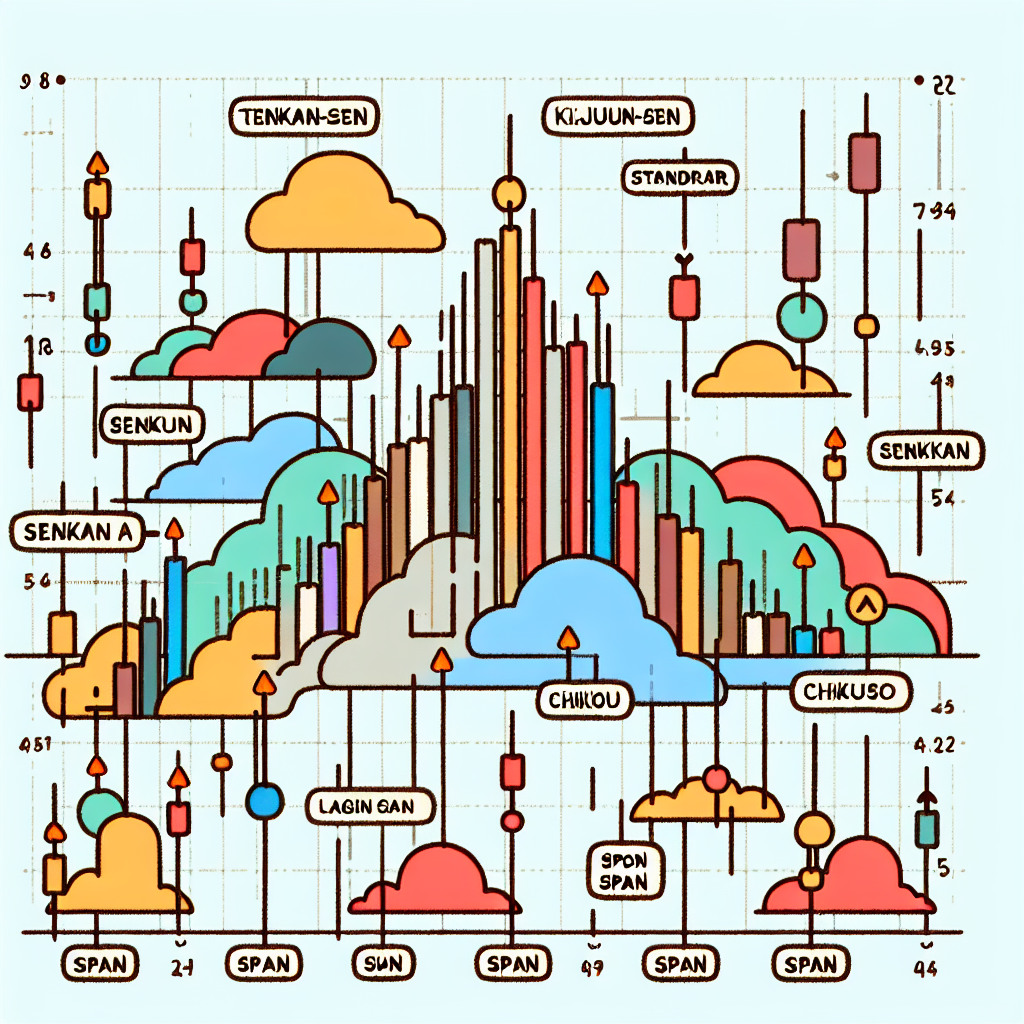
# Financial Market Integration: A Gateway to Global Economic Synergy
In the age of globalization, financial markets have transcended geographical boundaries, knitting economies together in a complex web of transactions, investments, and trade. The integration of these markets is a multifaceted process, marked by the seamless movement of capital across borders, harmonized regulations, and the convergence of market practices. This article delves into the intricacies of financial market integration, its benefits, challenges, and the pivotal role it plays in the global economic landscape.
Understanding Financial Market Integration
Financial market integration refers to the process by which different countries’ financial markets begin to operate as a single market. This means that securities can be traded freely across borders without facing additional costs, such as tariffs or exchange control measures, and without substantial discrepancies in prices or information.
The Dimensions of Integration
Market integration operates on two primary levels: horizontal and vertical. Horizontal integration refers to the harmonization between similar markets across borders, such as stock exchanges. Vertical integration, meanwhile, describes the linkage of various kinds of financial transactions and markets within a single jurisdiction, from short-term money markets to long-term capital and equity markets.
Measures of Integration
The depth of financial market integration is often gauged by examining:
– Price-based measures, such as interest rate differentials and equity price correlations, which reflect the degree of arbitrage across countries.
– Quantity-based measures, including cross-border capital flows and investment holdings, which indicate investors’ willingness and ability to participate in foreign markets.
The Benefits of Financial Market Integration
The pursuit of financial market integration is driven by its potential to foster economic growth, efficiency, and stability on a global scale.
Enhanced Efficiency and Liquidity
Integration facilitates the efficient allocation of resources by ensuring that capital can flow to where it is most productive. It improves liquidity, enabling investors to buy and sell securities without causing significant price changes, thus reducing transaction costs and supporting market participation.
Risk Diversification and Stability
An integrated market allows investors to diversify their portfolios across a broader range of assets and countries, spreading risk more effectively. This diversification can mitigate the impact of local shocks, contributing to financial stability both domestically and internationally.
Challenges to Financial Market Integration
Despite its advantages, financial market integration presents several challenges that need to be managed to avoid potential pitfalls.
Regulatory Hurdles
Regulatory differences and hurdles between jurisdictions can impede the free flow of capital. Harmonizing these regulations without compromising the sovereignty of national financial policies remains a significant challenge.
Financial Contagion Risk
Increased interconnectedness also means that financial stresses can propagate more rapidly from one country to another, as evidenced by the global financial crisis of 2008. Managing the risk of financial contagion is critical to sustaining the benefits of market integration.
Future Outlook of Financial Market Integration
As technology advances and economies continue to globalize, the integration of financial markets is likely to deepen further. The journey towards complete integration is complex, requiring cooperation among nations, regulatory bodies, and market participants.
The Role of Technology
Blockchain, FinTech innovations, and digitization are reducing transaction costs and barriers to entry, accelerating the pace of integration. These technologies offer promising solutions to some of the challenges faced, including regulatory inefficiencies and the risk of financial crime.
Global Cooperation
Achieving a truly integrated global financial market requires unprecedented levels of international cooperation. Efforts such as the development of common accounting standards and regulatory practices are steps in the right direction, aiming to create a more cohesive, stable, and productive global economy.
In conclusion, financial market integration is a complex but beneficial process that offers a path towards a more interconnected, efficient, and resilient global economy. While challenges remain, the ongoing advancements in technology and efforts towards harmonization signal a promising future for the integration of the world’s financial markets.






